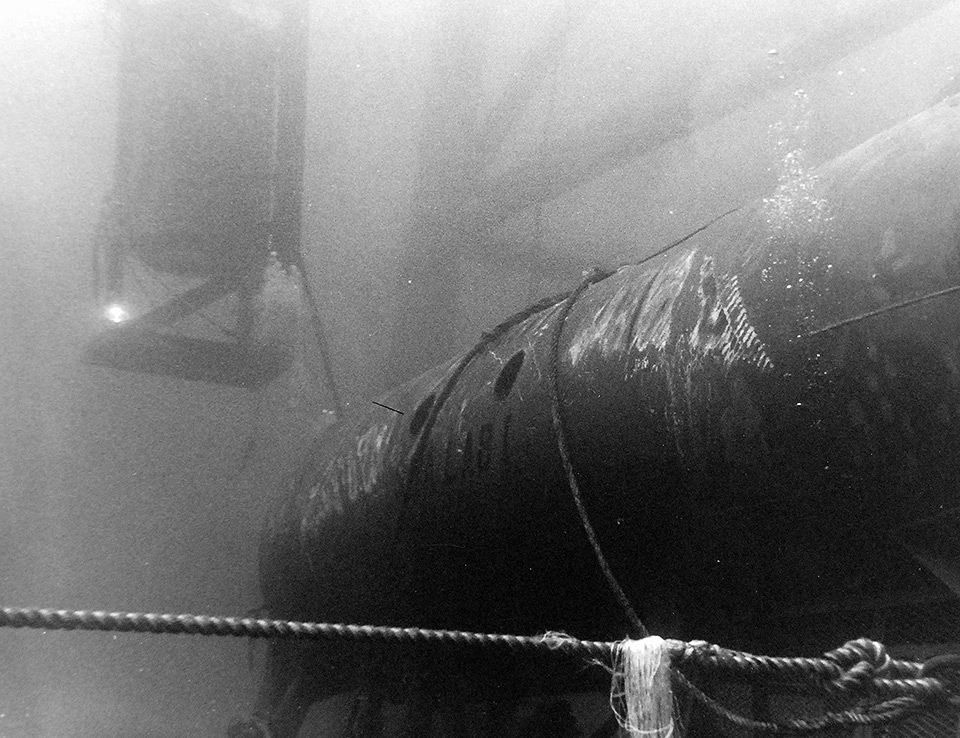
by Gideon Marcus
Spooks and SF

All Hallow's Eve is upon us, that annual moment when the barrier between the worlds of the living and the dead is at its weakest. The departed spirits of those with unfinished business return to fulfil their goals. And puckish souls, alive and passed, spread mischief.
And amidst all this, there is candy.

In this light, the November 1965 issue of Analog is the perfect companion for Halloween. There are familiar faces, a significant departed face, delicious trifles, and sad tricks.
Tricks and Treats
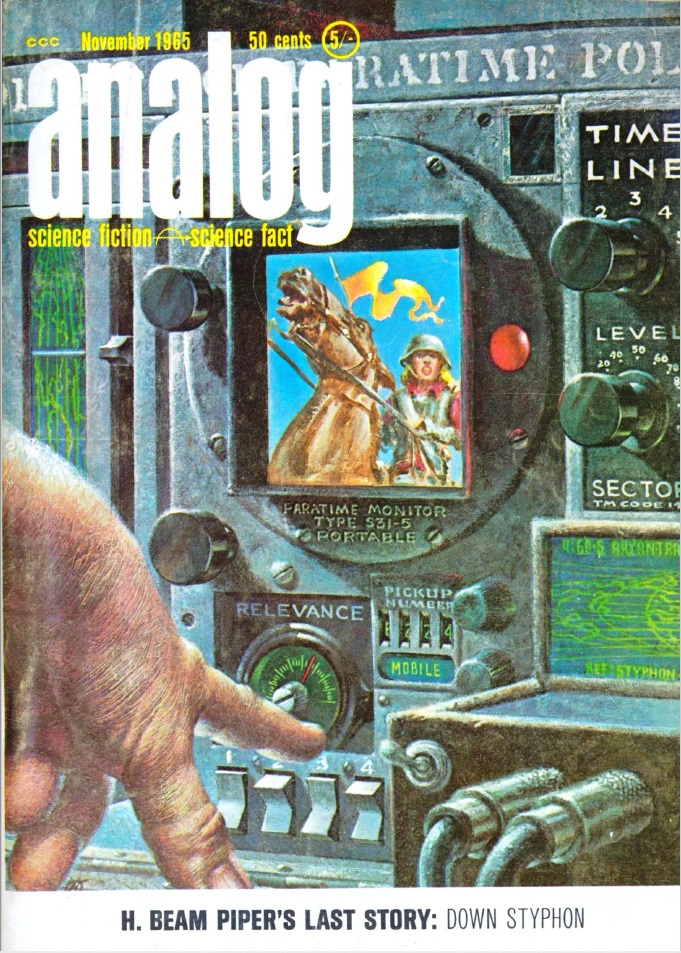
John Schoenherr
Down Styphon!, by H. Beam Piper
If you read H. Beam Piper's Gunpowder God this time last year, you're familiar with Calvin Morrison, a Pennsylvania cop who got whisked to an alternate world where Aryan tribes settled the Americas and the precursors to our Amerinds stayed in Asia. Calvin encountered a feudal patchwork where the United States had been, and he quickly took advantage of his military prowess and knowledge to help break the gunpowder monopoly of the House of Styphon, becoming Lord Kalvan of the principality of Hostigo in the process.
If you haven't read Gunpowder God, you'll be rather lost reading Down Styphon!, which is a direct sequel. After winning its first battle against its neighbors, Hostigo now finds itself about to be attacked by neighboring Nostor and a host of Styphon-funded mercenaries. Only by developing a mobile force and the science of military cartography can Kalvan and Hostigo hope to repel the vastly superior forces of the invaders.
Down Styphon! is little more than a campaign log, chronicling the ebb and flow of the fight from the initial preparations, to the attempted Nostorian breakthrough, to their ultimate rout. It's clearly a middle third to a novel of Kalvan's story, started in Gunpowder God. Indeed, the tale ends on a cliffhanger: it is clear that Styphon has one more trick up their sleeve and will not go down without a fight.
The problem, of course, is that readers of Analog may never get a conclusion to this tale. Sadly, Mr. Piper took his own life last November, and Down Styphon! is touted as the author's last published story.
On the other hand, a novel of Lord Kalvan (Lord Kalvan of Otherwhen) came out recently, and it may well have the resolution to the story. It's also possible that editor John Campbell will license the last part of the book to finish the saga in Analog.
One hopes so. While Down Styphon! is clearly incomplete and focused primarily on a single battle, it is yet one of the best and most riveting recountings of a military campaign I've read. There is such rich detail that I could easily see Avalon Hill making a wargame out of it.
So I give this tale four stars for what it accomplishes and in appreciation for what it could have been (and perhaps might be — fingers crossed).
Even Chance, by John Brunner
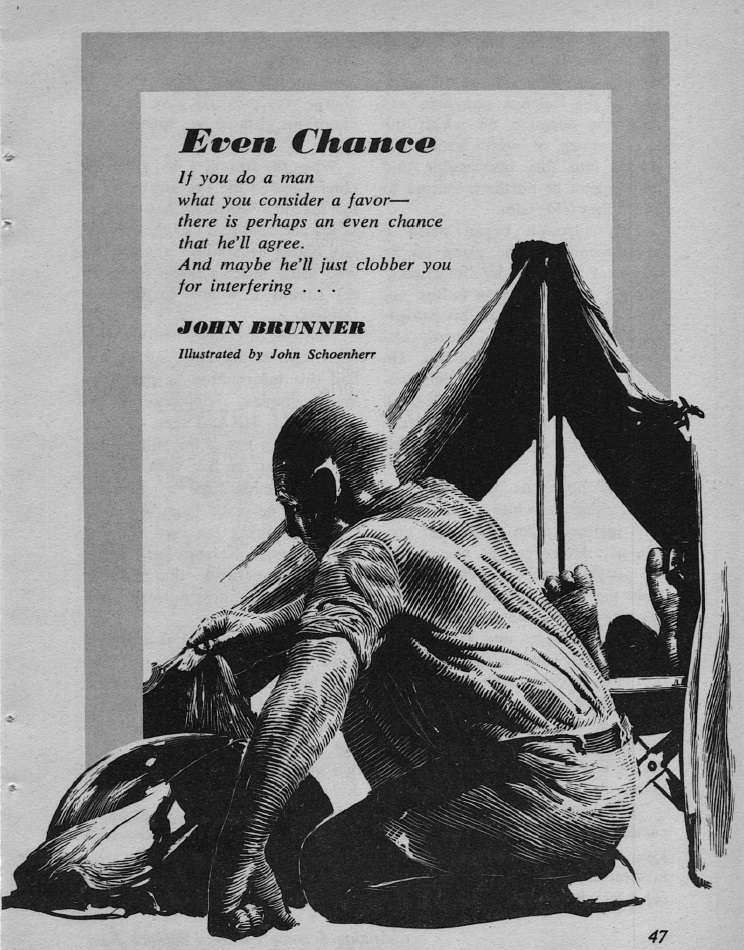
John Schoenherr
A young Kalang tribesman in the remote mountains of Java rushes to meet a party of foreign anthropologists. He bears a shard of a crashed vehicle, one he's certain will convince the expedition to regale him with gifts, as had happened during the War when a pilot had set down his crate and had to be nursed back to health.
But the fragment is highly radioactive, and the craft it comes from is not of Earthly construction.
That's a great setup for a story, but in (the oddly titled) Even Chance, the setup is the whole story. You know its outcome from the beginning, and the thing reads like something from the 1940s.
A high two — it's not offensive, but it could use finishing.
A Long Way to Go, by Robert Conquest
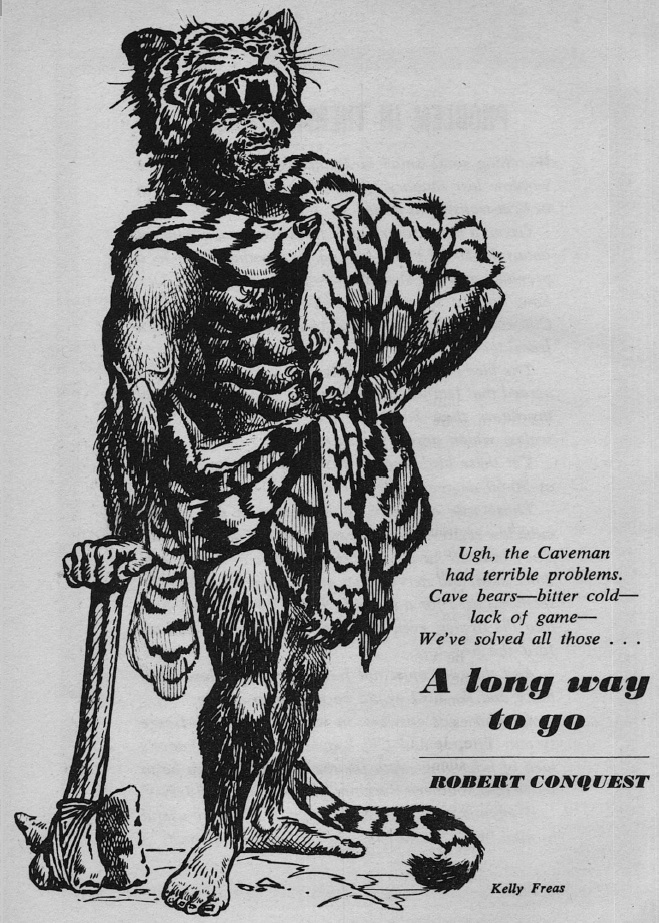
Kelly Freas
A Mr. Randall from modern day is transported 500 years into the future. Unlike other contemporaries who had made the trip, Randall is allowed to keep his memories of the 20th Century even if it means he'll have trouble adjusting to the 26th, the better for anthropologists to study him.
At the end, however, it is decided that it is better for Randall to be acclimatized after all. The time traveler takes the news philosophically, noting that the future seems to have solved all of today's problems. But, his future host sadly informs him, they have unique problems of their own.
Once more, we have a fine setup to a story that fails to go anywhere. Indeed, I'm not quite sure what the point of the tale was.
Another high two.
Some Preliminary Notes on FASEG, by Laurence M. Janifer and Frederick W. Kantor
Here's a cute quasi-scientific piece on the generation of fairy godmothers, done in the style of a short journal article.
Three stars.
Onward and Upward with Space Power, by J. Frank Coneybear
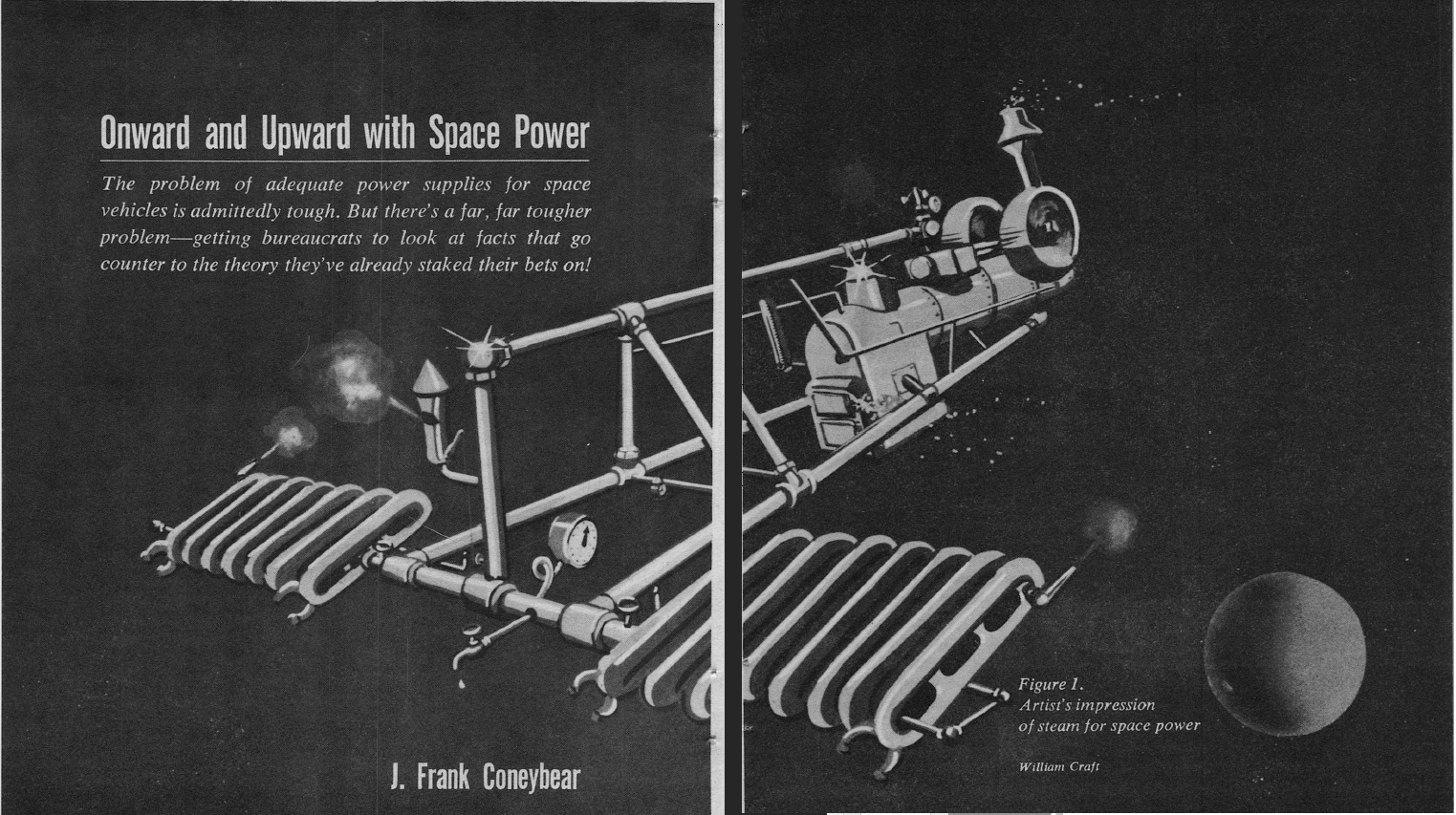
On the other hand, Coneybear's longwinded piece on steam power in space keenly suffers for want of an introduction, a conclusion, and subheadings. I suppose it's better than pseudoscience, but Analog really needs a dedicated science writer like F&SF's Asimov and Galaxy's Ley.
Space Pioneer (Part 3 of 3), by Mack Reynolds
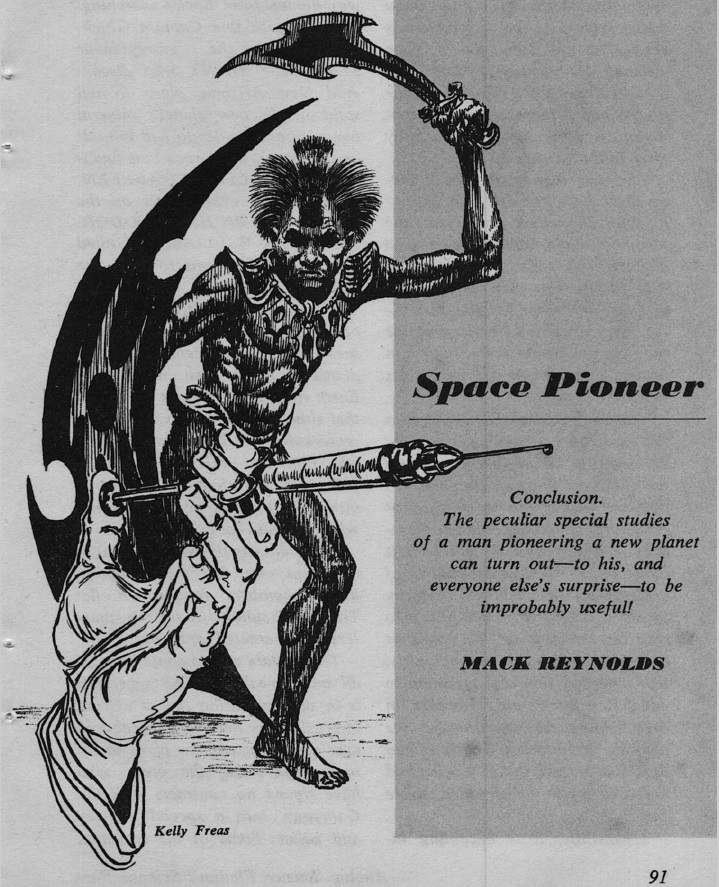
Kelly Freas
At last we come to something that does finish: Reynolds' latest serial. When last we left Ender Castriota (who had assumed the identity of Rog Bock to join the roster of the colony ship Titov on its way to complete a blood feud against the last of the Peshkopi clan, rumored to be on the vessel), the colony of New Arizona had been attacked by natives. As the first intelligent aliens encountered by humanity, their presence on the planet not only poses an existential threat to the new settlement, it also invalidates the colonial charter.
A war ensues, egged on by the Captain of the Titov, who, not wanting to see his lucrative opportunity fade away, insists the aliens are simple animals. That these "animals" wield crossbows and religious totems makes no difference to him.
Curiously, the "kogs" (as the indigenes are derogatorily called) are extremely humanoid in appearance. Stranger still, they appear to be confined to the island on which the Titov landed. I'm sure you can guess, as I did, the true origin of the "aliens."
Space Pioneer's third part is, like Down Styphon!, primarily a chronicle of battle and, like the Piper story, a deftly executed one. Reynolds is good at that kind of thing. The Peshkopi feud issue is resolved, and not as I expected it to be, and there is some good development of the relationship between Castriota and Zorilla, the one member of the colonial board who seems to be a decent man. I was disappointed that Cathy Bergman, advocate for the non-charter member colonists had a minimal role in the third segment, however.
All told, I'd give Part Three four stars, and the book as a whole three and a half. Good stuff, but it likely won't make the nomination for this year's Galactic Stars.
Assorted Sweets

With all of its ups and downs, Analog clocks in at exactly three stars. However, as with any Halloween grab bag, you can always skip the candy you don't like and concentrate on what you like. There's certainly much to enjoy in this month's first and last thirds.
Analog is surpassed this month by Fantasy and Science Fiction (3.7), Science Fantasy (3.2), and New Worlds (3.1).
Campbell's magazine is better than this month's largely reprint Fantastic (2.8) and the perennially lackluster IF (2.6).
Only one story out of the 30 new pieces was written by a woman, which makes Science Fantasy the winner of this month's SF equal opportunity award without trying very hard.
Sad as that statistic may be, there was far more worthy reading this month than usual. One could easily fill two big magazines with nothing but 4-star stuff.
So grab yourself this month's digests, stuff them in your trick or treat bag, and have a swell spooky holiday of haunting. I know I will!


![[October 31, 1965] Finished and Unfinished Business (November 1965 <i>Analog</i>)](https://galacticjourney.org/wp-content/uploads/2020/10/651031cover-672x372.jpg)

![[October 29, 1965] Oater, West German style (The movie, <i>Winnetou Part 3</i>)](https://galacticjourney.org/wp-content/uploads/2020/10/5a1441daf614126548c35936c9c5d183-493x372.jpg)



![[October 28, 1965] Knights, Adventurers and Anthropomorphic Animals: Comics in East and West Germany](https://galacticjourney.org/wp-content/uploads/2020/10/Mecki-auf-dem-Mond-Ein-marchenhafter-Reisebericht-aufgeschrieben-von-ihm-selbst-Illustriert-von.jpg)
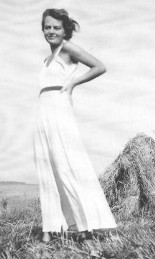
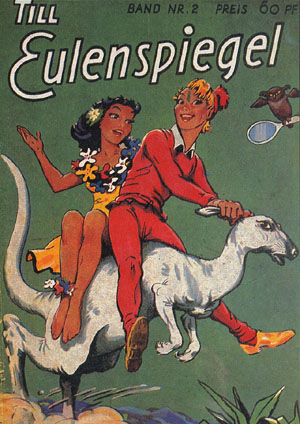


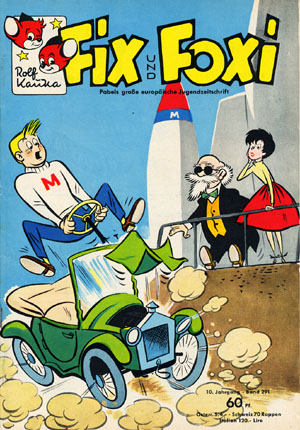

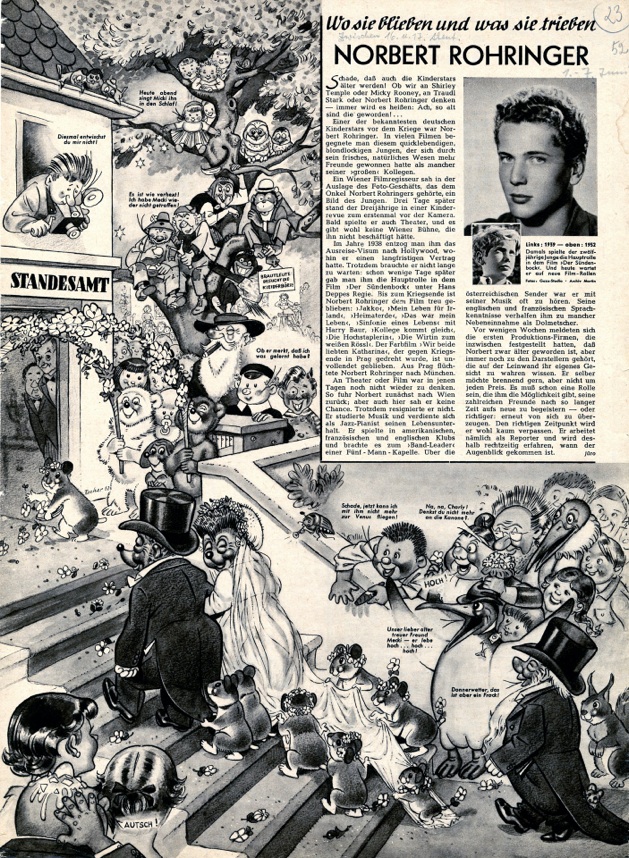
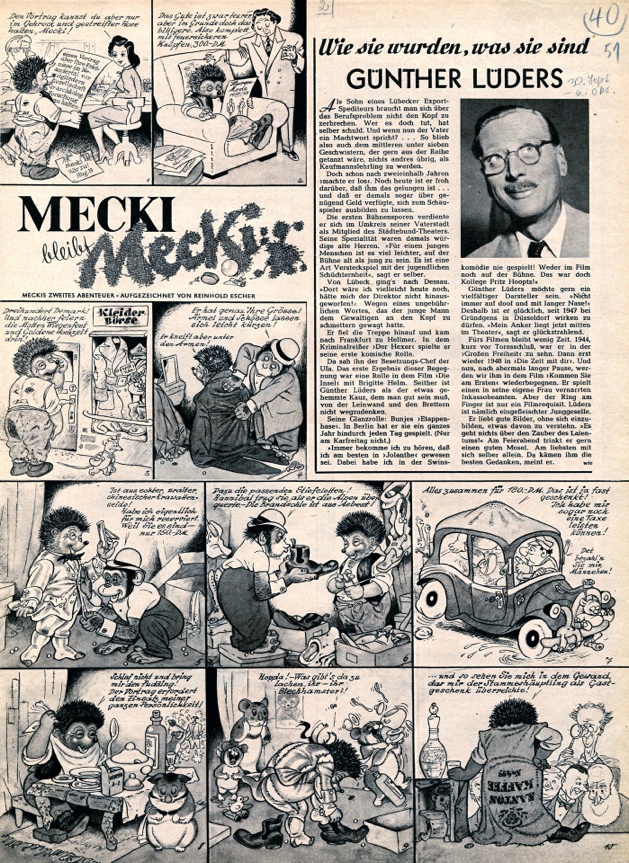
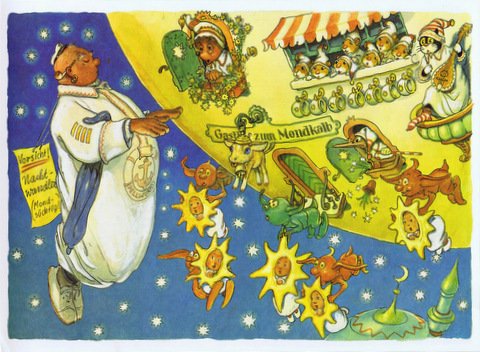

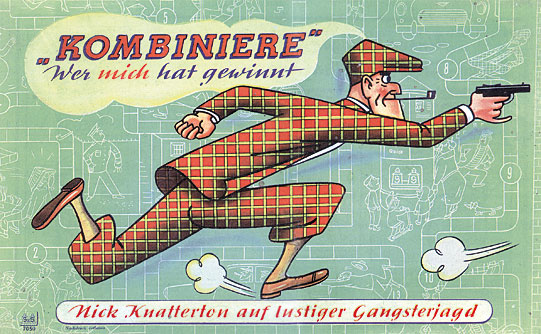
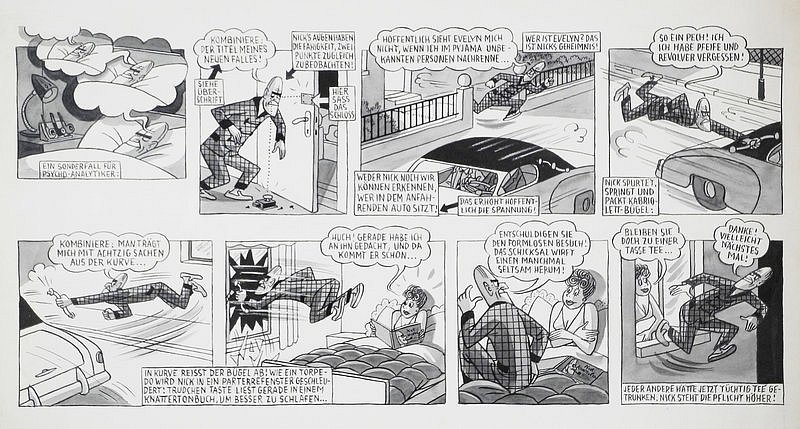

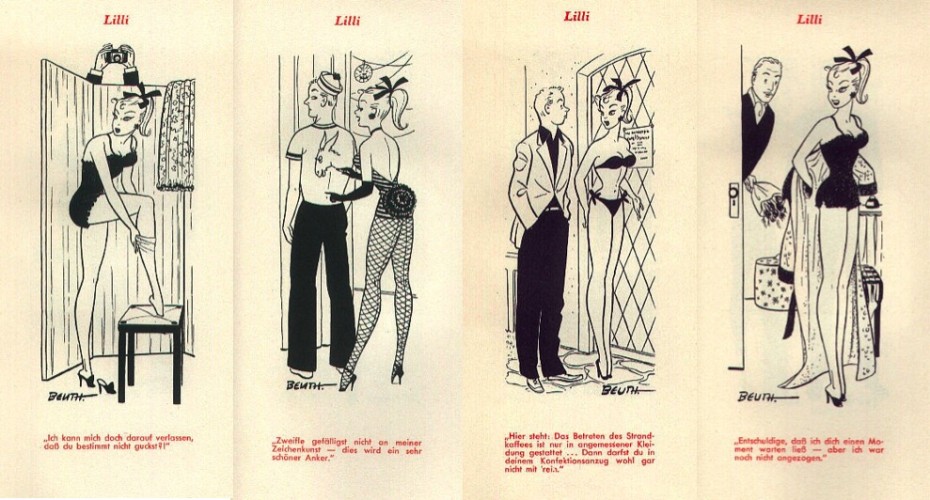

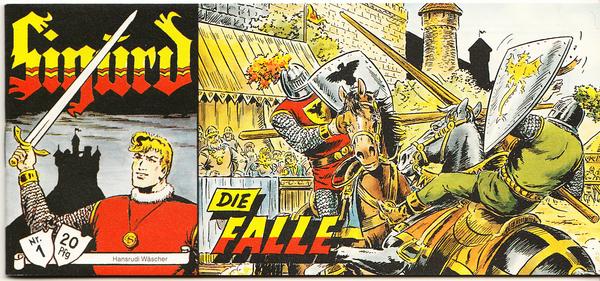
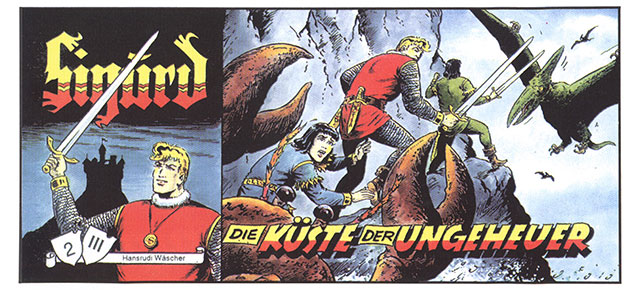


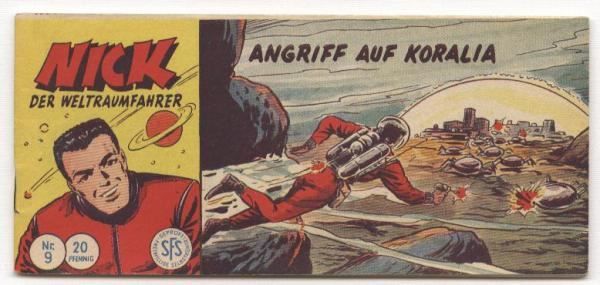
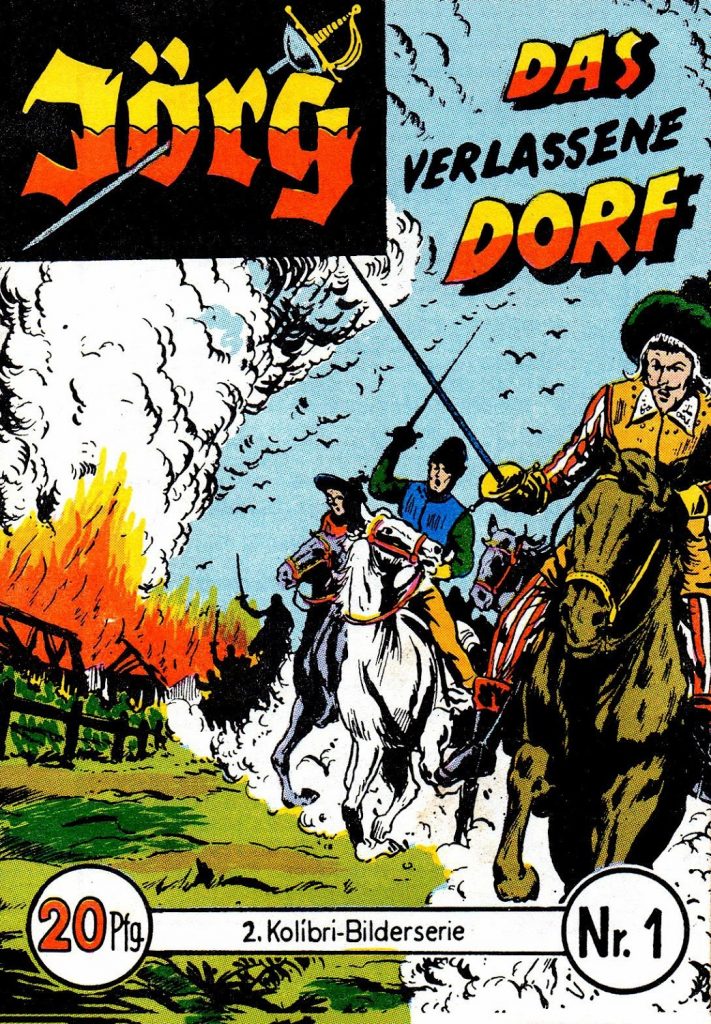


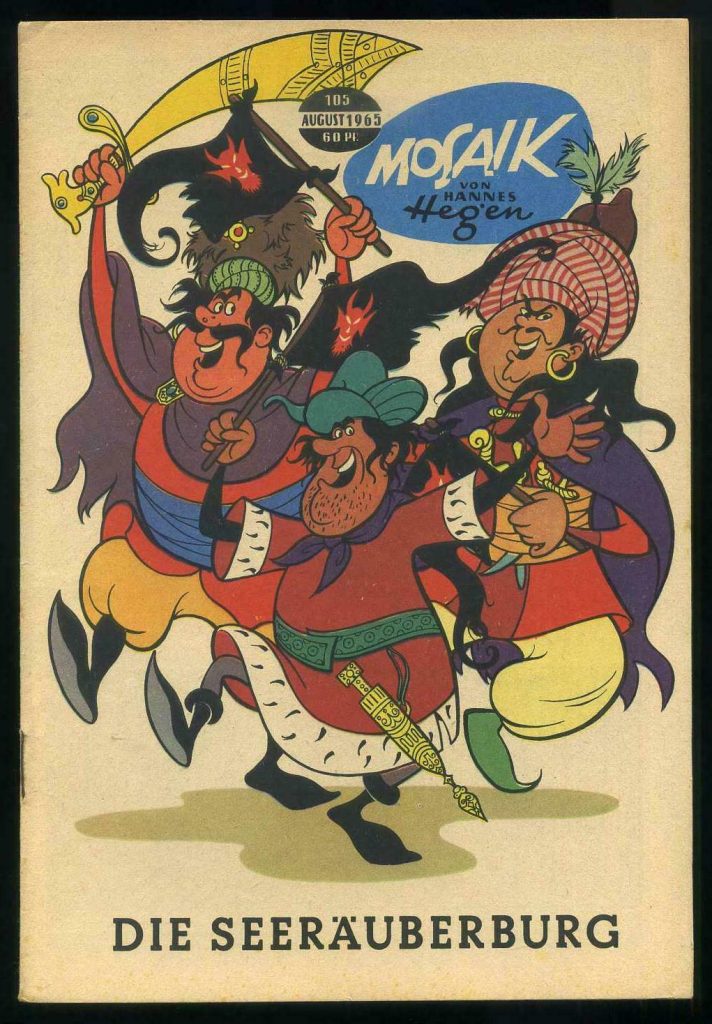
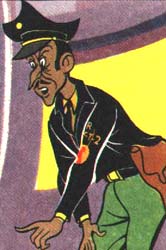

![[October 26, 1965] Mythology and Multiple Earths <i>Science Fantasy</i> and <i>New Worlds</i>, November 1965](https://galacticjourney.org/wp-content/uploads/2020/10/nw-sf-November-1965-672x372.jpg)



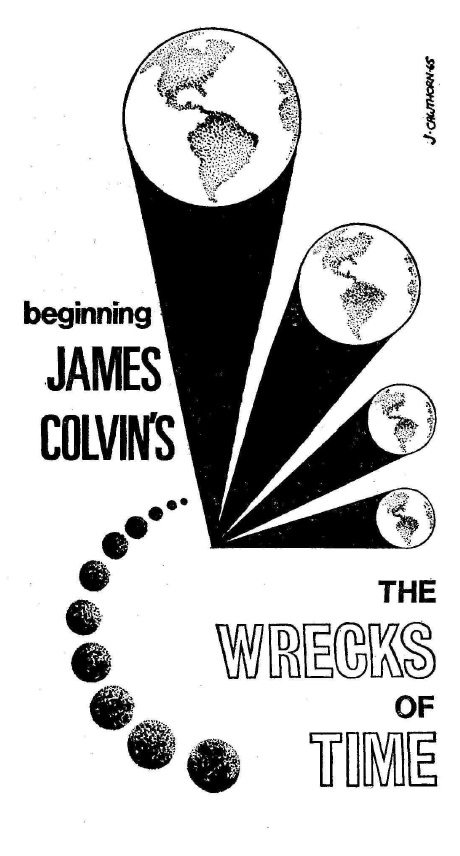


![[October 24, 1965] "What time is it?" (October Galactoscope)](https://galacticjourney.org/wp-content/uploads/2020/10/651024covers-1-672x372.jpg)


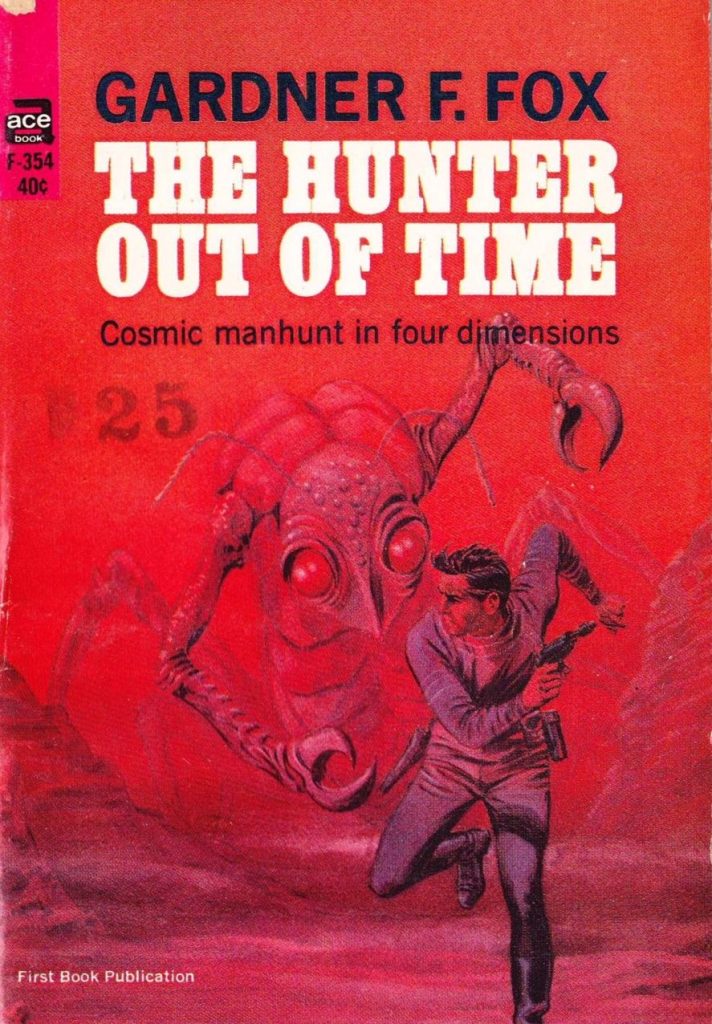

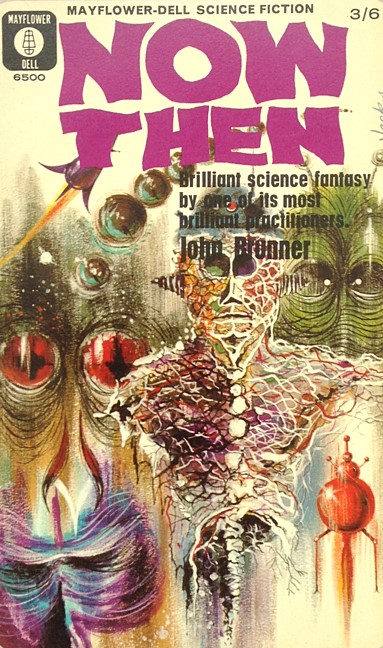
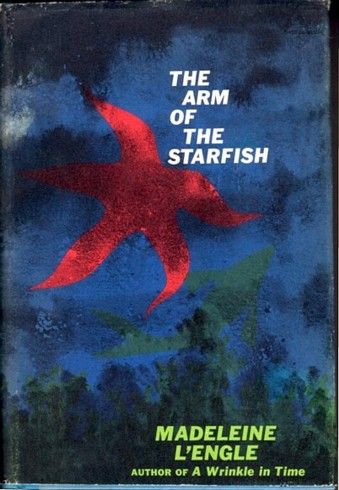


![[October 22, 1965] Yesterday, Today, and Tomorrow (November 1965 <i>Fantastic</i>)](https://galacticjourney.org/wp-content/uploads/2020/10/Fantastic_v15n02_1965-11_Lenny_Silv3r_0000-2-672x247.jpg)

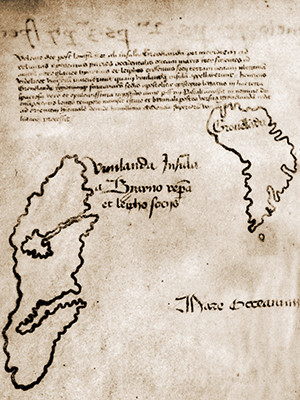




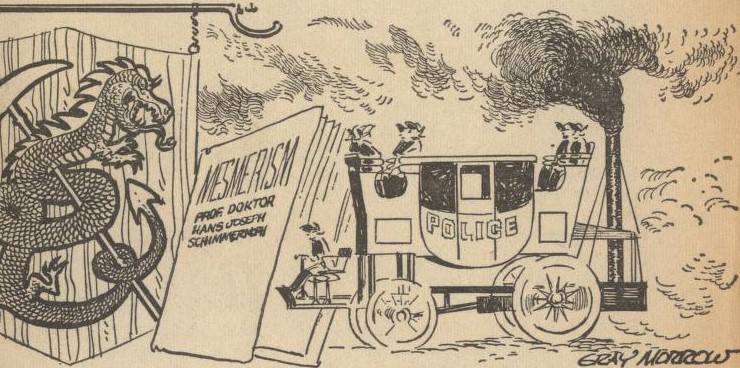
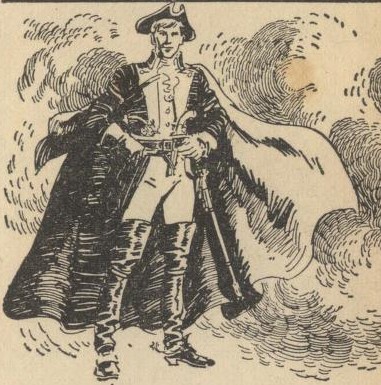

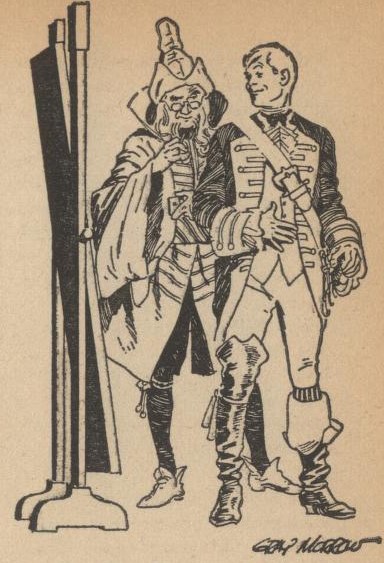
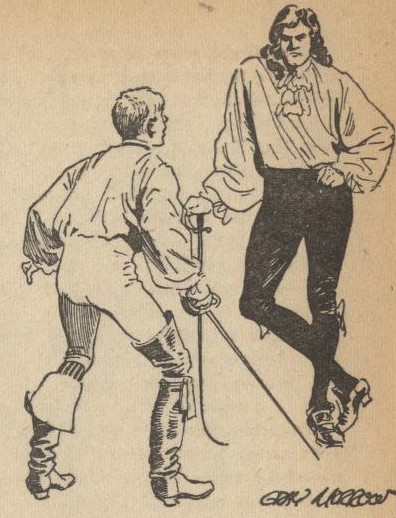


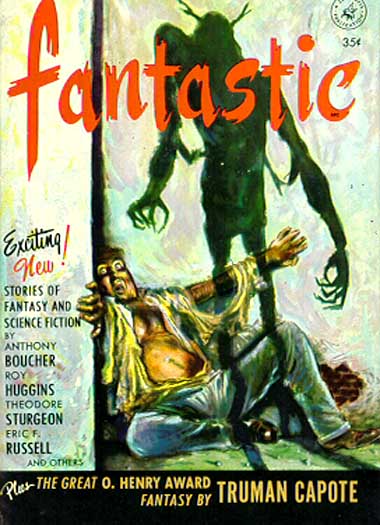





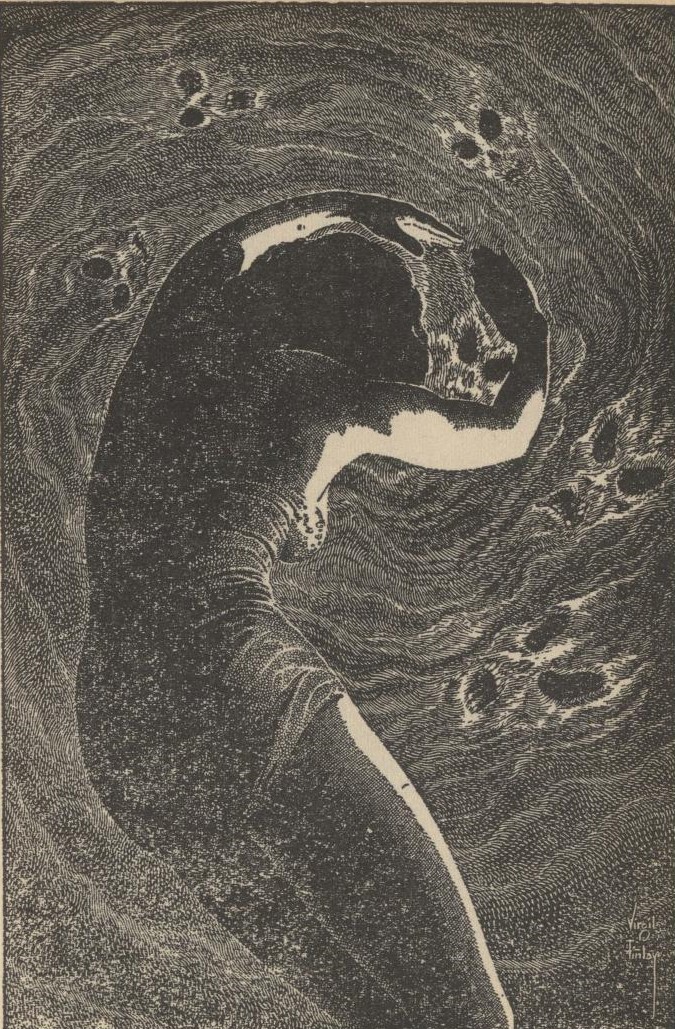

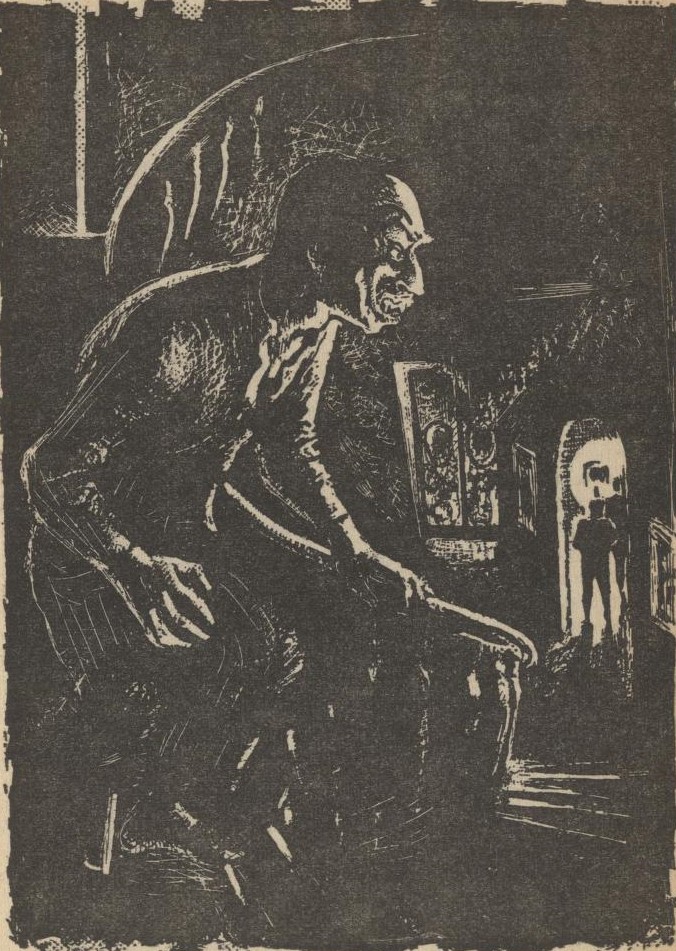
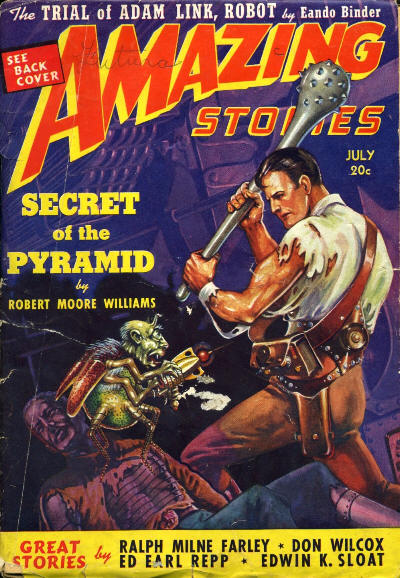

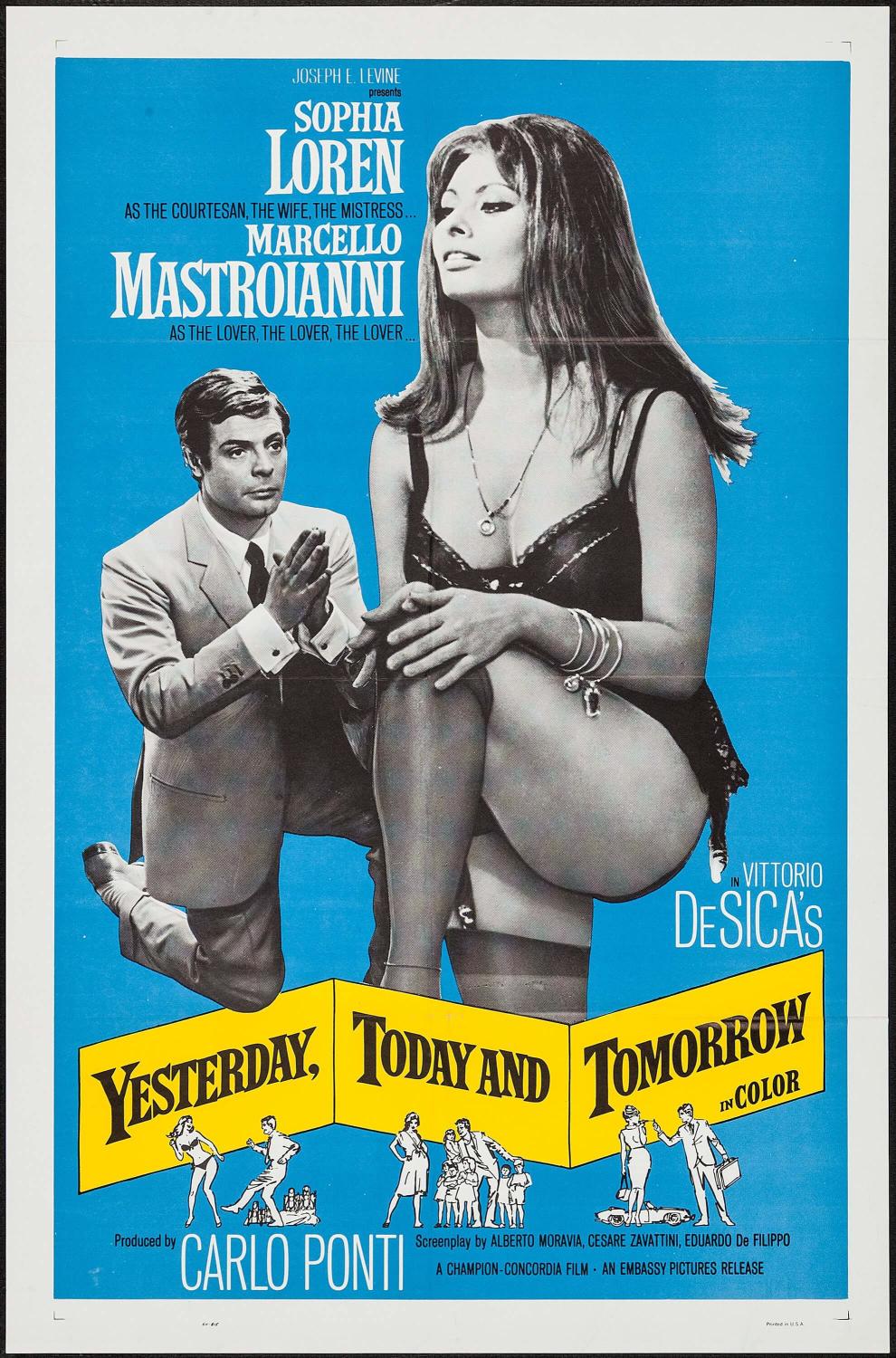
![[October 20, 1965] The Wonderful Shadow (A British Comics Overview)](https://galacticjourney.org/wp-content/uploads/2020/09/Comics-Cover-Image-672x372.jpg)

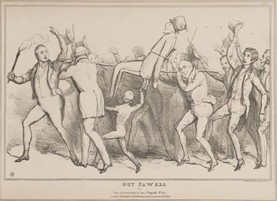
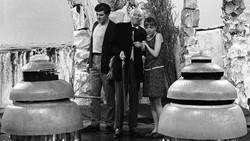


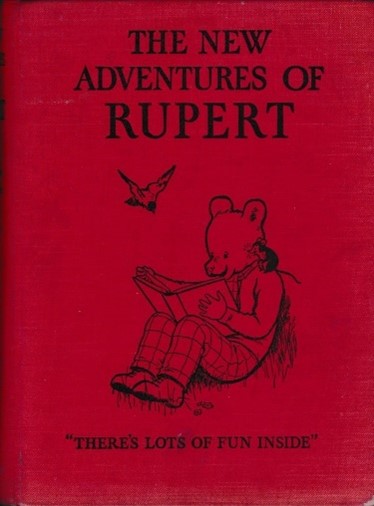


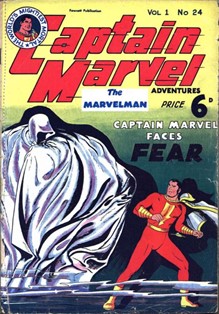
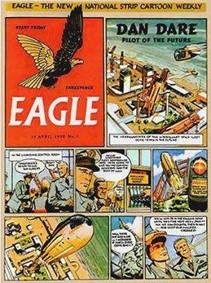



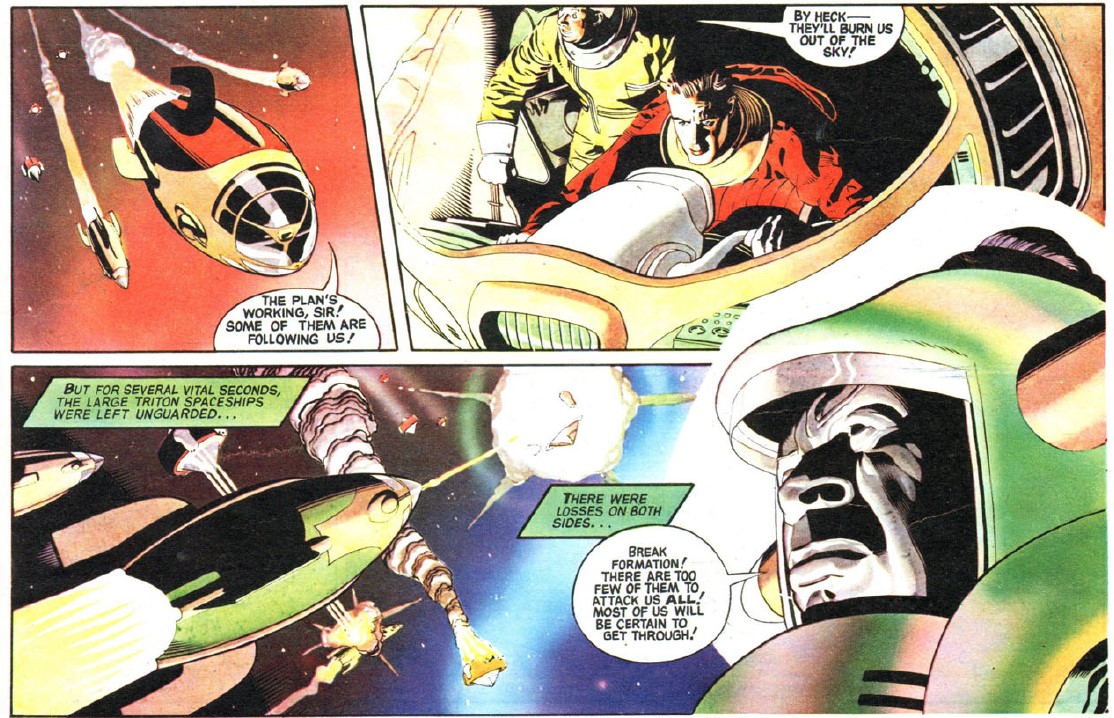

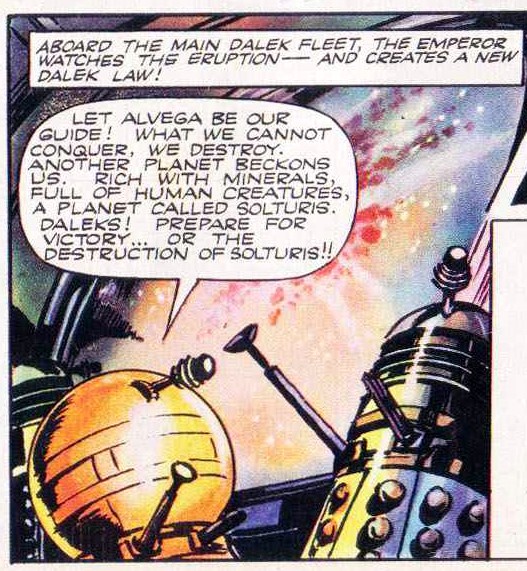
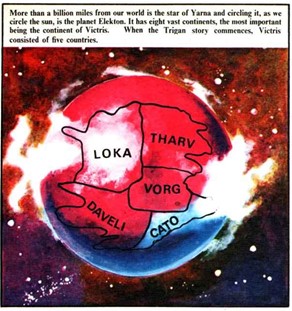
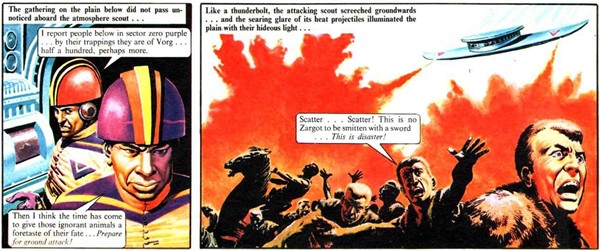

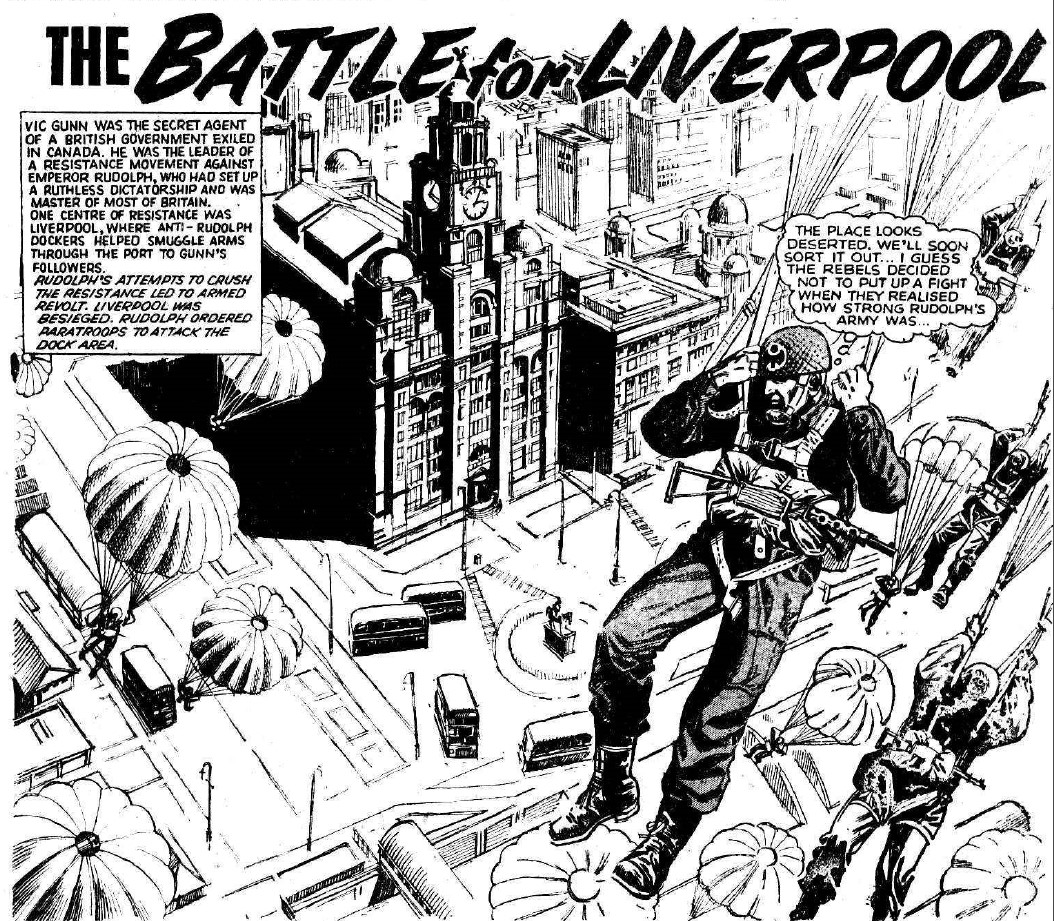

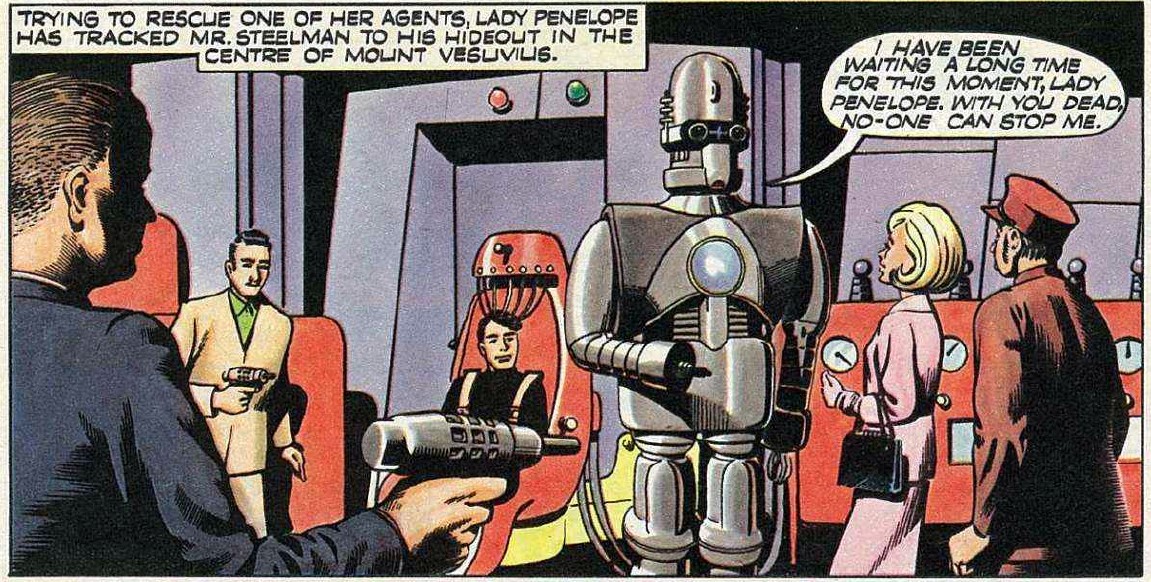

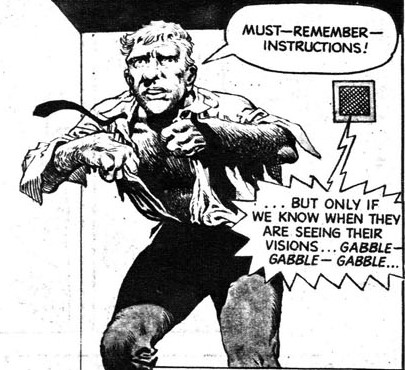

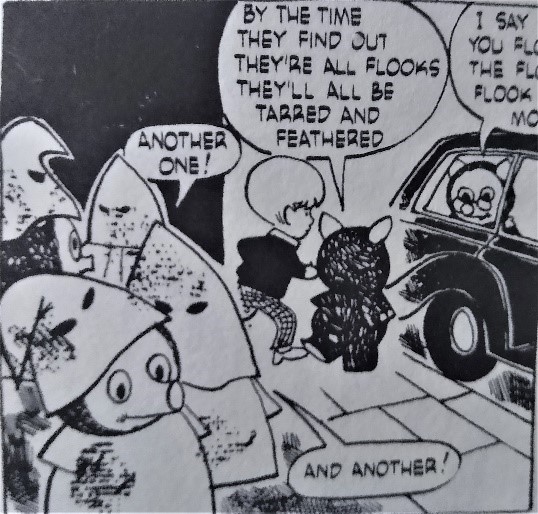
![[October 18, 1965] Turn, Turn, Turn (November 1965 <i>Fantasy & Science Fiction</i>)](https://galacticjourney.org/wp-content/uploads/2020/10/651018cover-672x372.jpg)





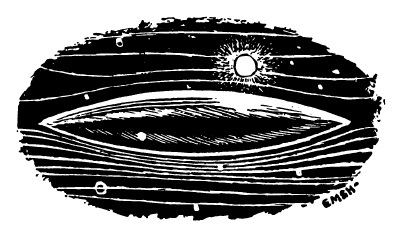
![[October 16th, 1965] The World According to Bonnie Cashin](https://galacticjourney.org/wp-content/uploads/2020/10/69b37edc295dde7c6eead66b33f10802-672x372.jpg)








![[October 14, 1965] Taking a Deep Dive (the SEALAB project)](https://galacticjourney.org/wp-content/uploads/2020/10/SEALAB_II-672x372.jpg)




